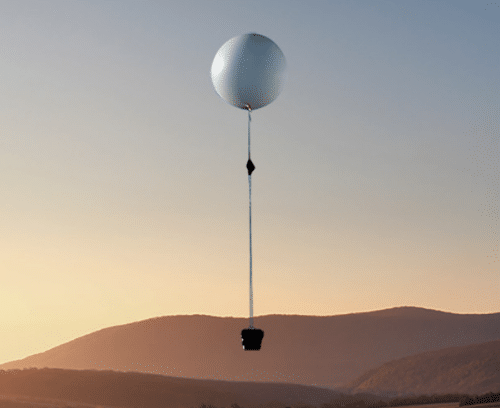Launching a weather balloon is an exciting time for students. As they work in groups to design an experiment 
How much weight can I fly on a high-altitude weather balloon?
It’s important to note that weather balloons can actually carry quite a bit of weight. How much they can carry depends mostly on the size of the weather balloon. If we go back to the post mentioned above, we learn that weather balloons range in size from 2.5 feet to 8 feet in diameter. It stands to reason then that the larger the weather balloon the more it can carry.
With that said, there are some rules about how much weight StratoStar is able to attach to a high altitude weather balloon. Regulations say flights can carry up to 12 lbs total payload weight, not including the weight of the balloon. However, the weight needs to be divided into separate payload packages that can’t be more than 6 pounds each. Because the payloads can experience extreme turbulence in the jetstream, StratoStar developed lightweight, rugged payload packages that resist damage and ensure your experiment safely returns to the ground.
What other government guidelines are there besides the weight restrictions?
At StratoStar, all of our programs are designed to meet the requirements set by the FCC and the FAA. Here are the regulations we have to follow during a balloon launch:
- Cell phones are not permitted to track high-altitude weather balloons in flight.
- Payloads cannot exceed a package weight/size ratio of three ounces per square inch.
- No payload package can exceed 6 pounds in weight.
- The entire weight of the payload, excluding the balloon, cannot exceed 12 pounds.
- No rope or cable should be used which requires more than 50 pounds of force to separate the
- payload packages from the balloon.
- No one may launch a high-altitude weather balloon which creates a hazard to other people and property.
- No one may use a high-altitude weather balloon to drop objects.
Are you ready to learn even more about launching a balloon? We encourage you to check out our high-altitude weather balloon FAQ to learn more about weather balloons. If you’re ready to launch your own weather balloon, we can help you get started 🙂



